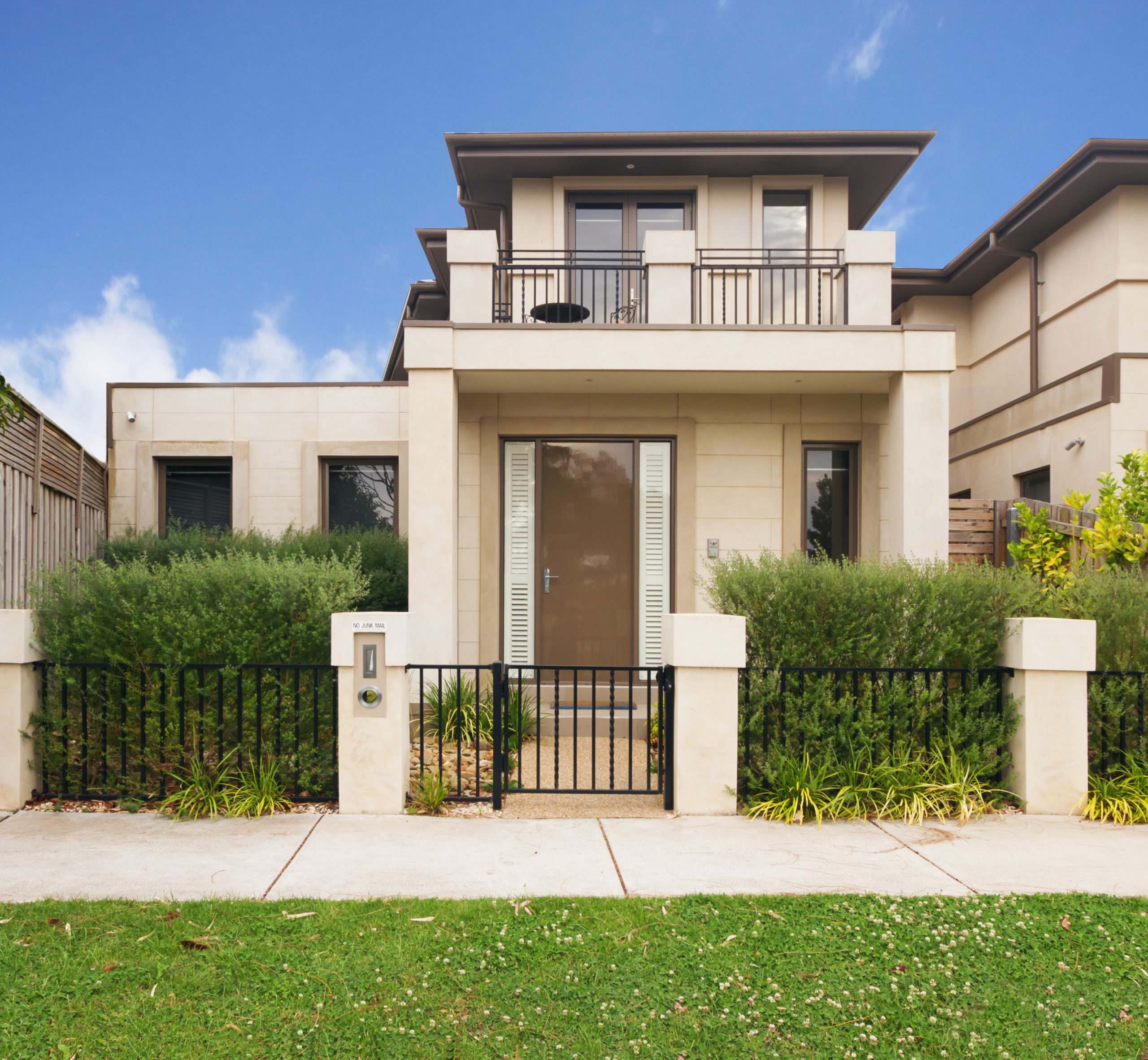
Checklists for finding a good property location usually include items such as whether the home is in a quiet street and close to schools, shops, transport and other local amenities.
But it can also pay to look a bit further, by examining large infrastructure services such as the power and water supply plus internet connectivity.
Does the area have a good local road network that is not susceptible to flooding?
Are government authorities investing in local projects which may have an impact on your lifestyle in the future?
In recent years, there have been government promises to increase infrastructure spending. Will promises for new highways, bridges or airports have any impact on your potential new home?
Check out these key infrastructure considerations to keep in mind when buying a home:
Transport
Consider the transport options in the area, such as highways, public transport and bike lanes. Look for areas with easy access to major highways or public transportation hubs, as this can make commuting to work or school much easier.
Water and Sewer
Ensure that the home has access to a reliable water supply. Check to see if the area has a municipal water system or if the home has a well or septic system, and make sure to have them inspected before making an offer. You’ll also want to look into the quality of the local water supply, especially if you plan to drink from the tap.
Power Supply
Make sure the area has a reliable power grid and consider the costs of electricity and other utilities. Check to see if the power lines are underground or overhead. While underground lines are initially more expensive to install, they can prove more reliable during severe weather conditions. Is there access to electric vehicle charging stations?
Internet and Communication
Check the availability of high-speed internet access and whether there is a good cellular service. This is especially important if you work from home or rely heavily on technology such as streaming entertainment or gaming.
